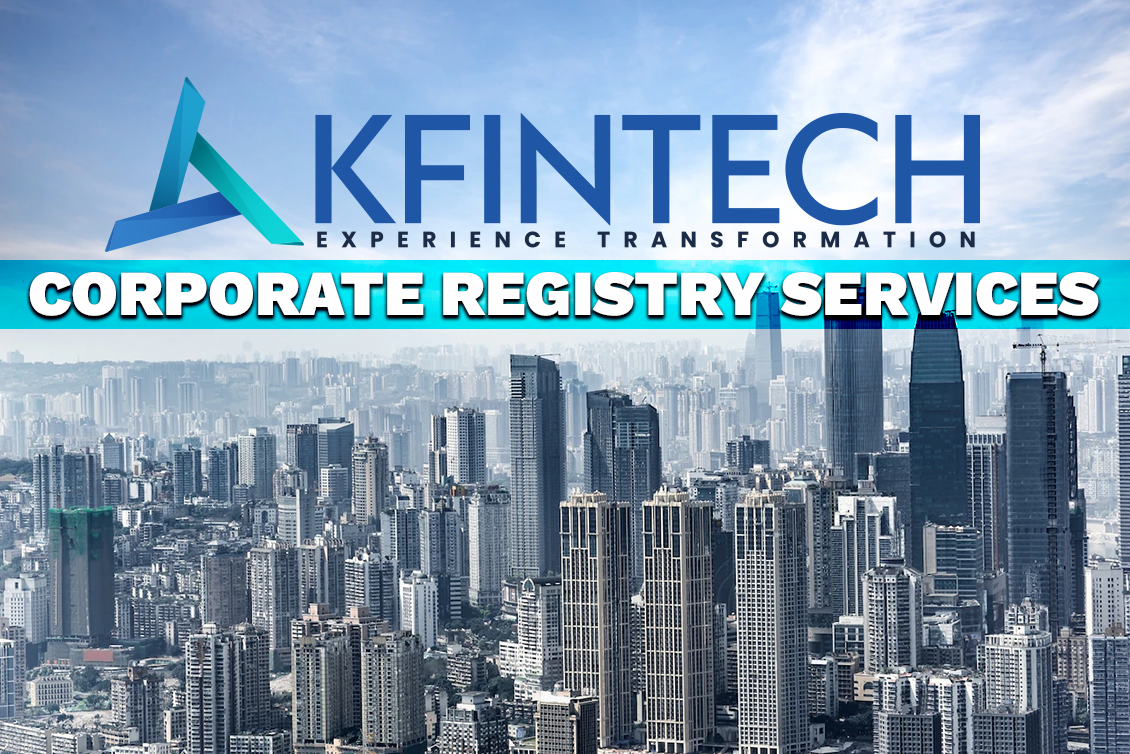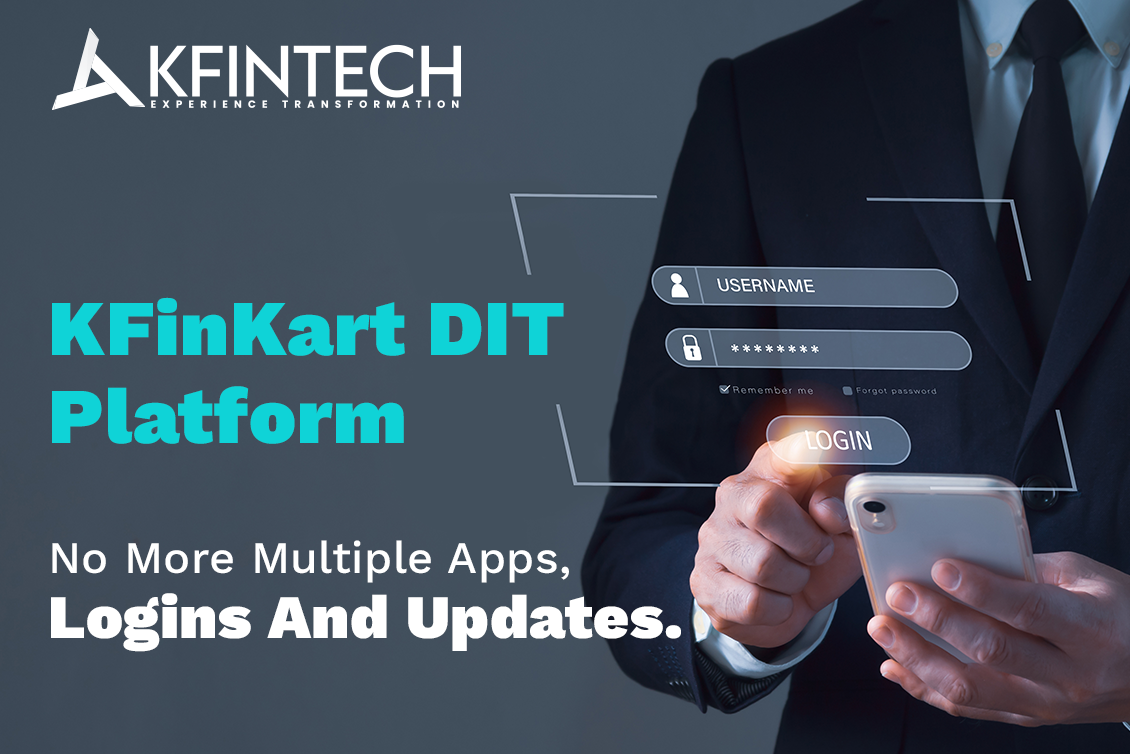KFintech has partnered in over 1700+ IPOs to help them grow in India. Our superior investor and intermediary servicing, software, and solutions, in addition to our superior client service, help drive faster breakthroughs in the industry. Apart from our IPO solutions, we also enable corporate India to operate and govern better, and stay abreast with various regulatory requirements through our wide range of software solutions.
We are IPO Specialists
Our IPO allocation solution provides the infrastructure needed for the development and implementation of all subscription types, as well as personnel management and other infrastructure. We partner and assist them in meeting the necessary infrastructure, personnel management, and regulatory requirements.
We offer the unique infrastructure set up, personnel management, and stabilisation services for all phases of subscription development and operation.
Stellar Issuer Services
The goal of KFintech is to become the most popular and proactive solutions provider, which provides a technology-enabled investor service platform for clients. By leveraging our expertise, our clients are able to raise customer satisfaction scores to the highest levels. These solutions not just raise the experience of our clients but serve as the benchmarking standards for other participants in India.
Our clients benefit from our investor service platform, which offers the most up-to-date technology.
Investor servicing through New Issues and Bonds, Registry and Transfer has been our core strength for the last 30 years, adhering to corporate governance and best practices, in addition to our technology capabilities. Through our e-platforms, investors can get instant information and other unique features, like a virtual registry, an instant MIS, high transparency, and 100% operational efficiency. As part of our efforts to quicken our investors’ business processes, we are the first Registrar and Transfer Agency in the country to introduce E-Voting, an electronic voting alternative to the paper-based postal ballot process, which allows shareholders to vote digitally.
Industry-Leading Software Solutions
Our firm’s platforms KARISMA, KPRISM, FINTRACK, eAGM, and many others, cut down operating costs without sacrificing performance, investor satisfaction, and client value. Our clients can purchase a wide range of services on our ‘As a Service’ or ‘Build & Operate’ models to suit their needs. KFintech provides all the infrastructure services, including fund accounting and administration, investor servicing (Transfer Agency), digital technology (mobility, analytics, social & cloud infrastructure), CRM solutions, compliance, and physical infrastructure (branches), among other services, in order to ensure that investment management is a top priority.
To know more about us, visit our website or drop us a line here.









